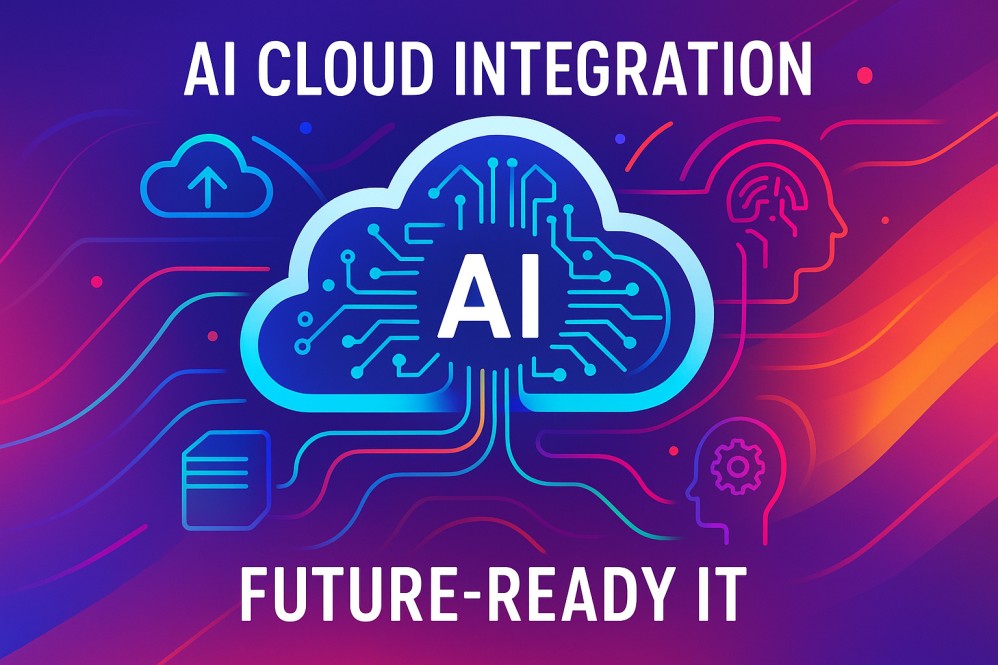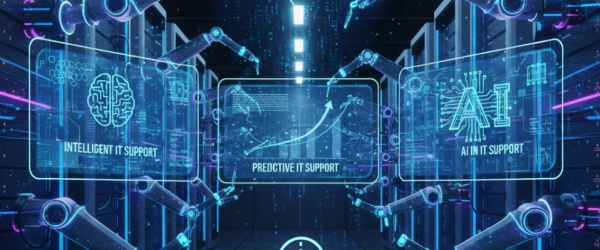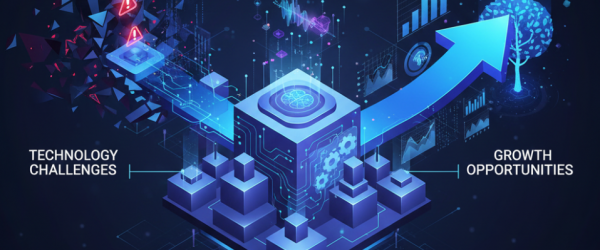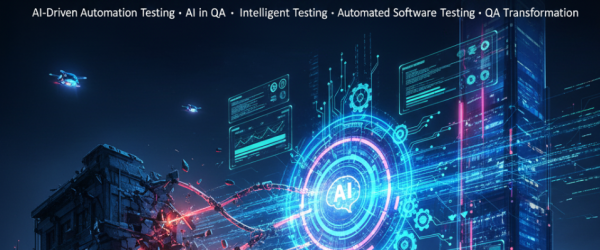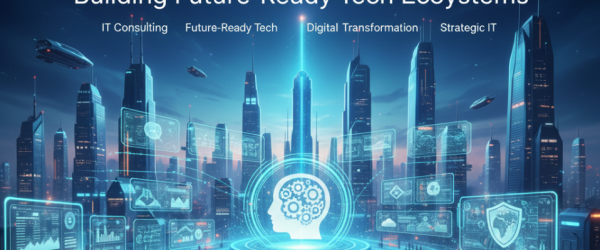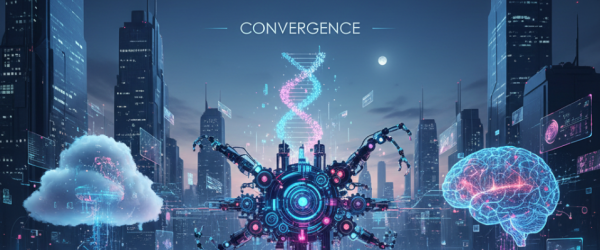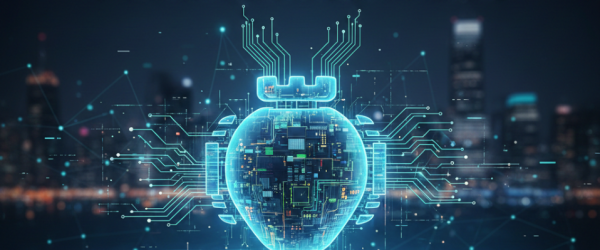Introduction
In the highly dynamic world of enterprise technology, two forces are converging to define the very architecture of future-ready IT: Artificial Intelligence (AI) and Cloud Computing.
This integration isn’t just about placing AI models on remote servers; it’s a symbiotic relationship where the cloud provides the scalable engine for AI, and AI provides the intelligence needed to tame the complexity of modern cloud environments. For IT leaders, developers, and business strategists, understanding this partnership is critical to unlocking next-level operational efficiency and strategic agility.
1. The Market Signals: Why the Convergence is Inevitable
The growth of the Cloud AI market is proof that this synergy is far past the conceptual stage and is now a driving economic force.
Current projections show massive momentum in this space:
- Explosive Growth: The global Cloud AI market size was estimated at USD $87.27 billion in 2024 and is projected to reach USD $647.60 billion by 2030, reflecting a staggering Compound Annual Growth Rate (CAGR) of 39.7% between 2025 and 2030.
- Widespread Adoption Driver: This growth is fueled by an increasing number of businesses seeking to optimize operations and enhance decision-making through accessible, cloud-based AI solutions. Furthermore, a large portion of enterprises are prioritizing preparation for AI adoption as a key driver for their cloud investments.
This data confirms that the ability to run AI workloads on flexible, cost-effective cloud infrastructure is the path of least resistance for enterprises looking to leverage advanced capabilities.
2. Unlocking Operational Excellence with AIOps
The most immediate and tangible benefit of the AI-Cloud partnership is the emergence of AIOps—AI for IT Operations. This marks a paradigm shift from reactive IT management to proactive, intelligent automation.
AI fundamentally changes how cloud environments are managed, delivering measurable improvements in four key areas:
A. Enhanced Automation and Efficiency
AI eliminates manual intervention in repetitive, low-value tasks like system updates, patch management, and resource provisioning. This offloads the cognitive burden on IT teams, freeing them to focus on high-value engineering and strategic initiatives
- The Impact: Modern AI-driven workflow systems can achieve impressive compliance rates and reduce processing latency significantly through dynamic resource allocation algorithms.
B. Predictive Maintenance and Resiliency
Cloud-scale AI can analyze petabytes of historical data and real-time telemetry to predict potential infrastructure failures before they occur. This enables IT teams to perform preventative repairs or component swaps, thereby minimizing unplanned downtime.
C. Superior Security and Compliance
The sheer scale of security data generated by cloud networks is impossible for human teams to process manually. AI-powered security systems leverage machine learning to:
- Detect Threats in Real-Time: AI analyzes vast data volumes to identify sophisticated attack patterns that would otherwise go unnoticed.
- Rapid Response: Recent studies show that AI-powered security systems achieve a 94.8% accuracy rate in identifying potential threats, with response times averaging 1.2 seconds—a massive improvement over traditional systems.
- Automated Compliance: AI can continuously track and report on compliance across multiple regulatory frameworks, potentially leading to an 88.7% reduction in compliance violations.
D. Intelligent Scalability and Cost Management
AI allows infrastructure to scale seamlessly and intelligently. By constantly analyzing workload patterns, AI models can dynamically provision and de-provision resources, ensuring performance consistency while minimizing operational overhead and optimizing cloud costs—a crucial aspect of modern FinOps
3. The Future: Democratization and the Edge
Looking ahead, the AI-Cloud synergy is driving two primary trends that will reshape IT strategy:
The Democratization of AI: Cloud providers are increasingly offering AI-as-a-Service (AIaaS), providing pre-trained models, user-friendly interfaces, and no-code solutions. This makes sophisticated AI capabilities accessible to businesses of all sizes, eliminating the need for extensive, up-front hardware investment or deep technical expertise.
The Rise of Edge AI: As more data is generated by IoT devices and sensors, processing must move closer to the source to reduce latency. Edge computing provides the localized infrastructure, and AI provides the immediate intelligence needed for real-time decision-making in critical applications like autonomous vehicles and industrial automation. The growth of Edge AI adoption is predicted to be substantial, further driving the need for AI-integrated cloud strategies.
Conclusion
The integration of AI into cloud infrastructure is not an optional upgrade; it is a foundational requirement for any enterprise striving for future readiness. This perfect pair transforms IT from a cost center focused on maintenance into a strategic asset driving speed, security, and market differentiation. By understanding these trends and adopting AIOps and AIaaS solutions, organizations can build the resilient, intelligent infrastructure required to lead tomorrow’s digital economy.

